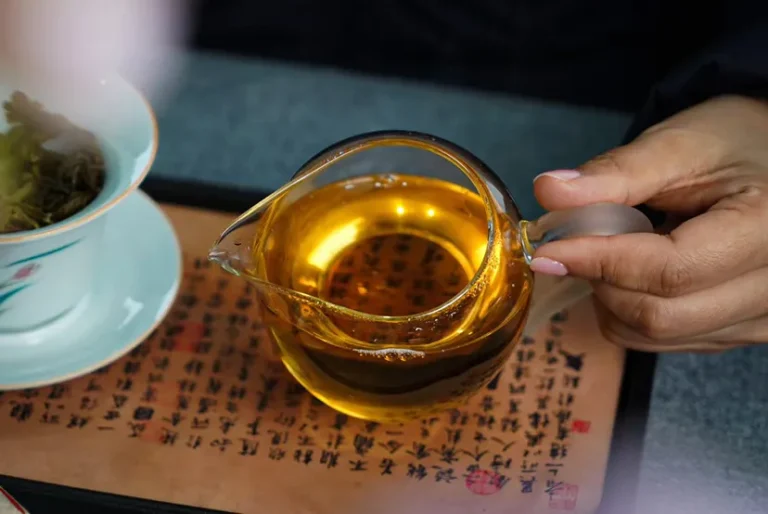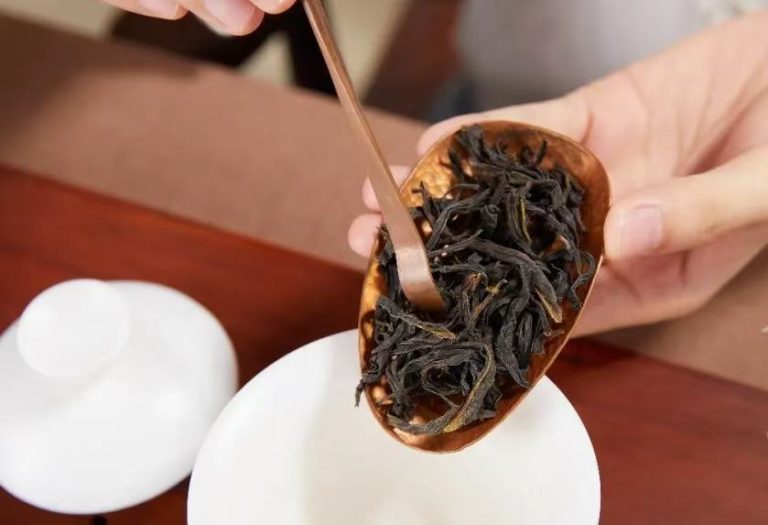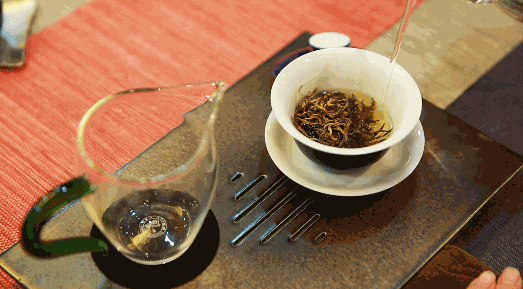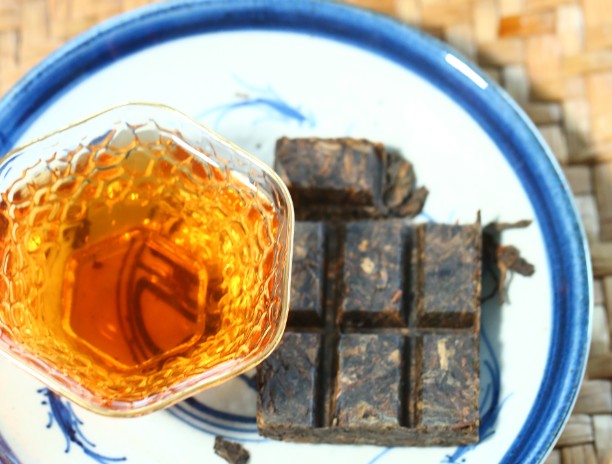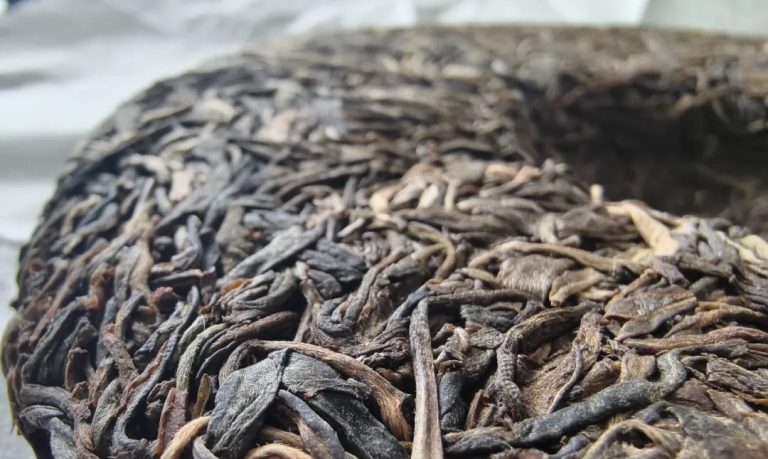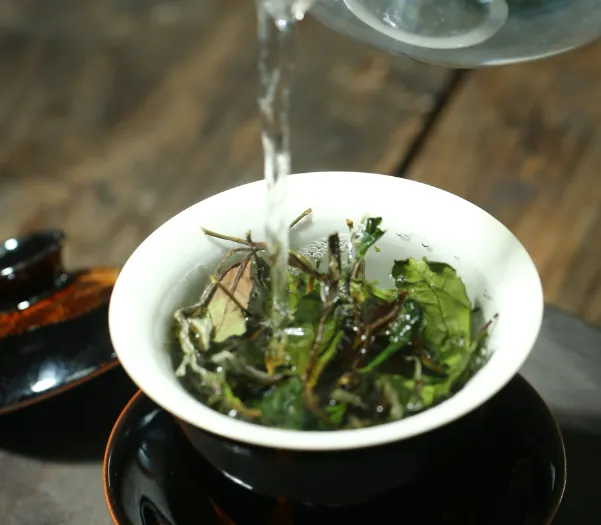Tea in China can be divided into six major families
At present, there is no uniform method for tea classification, and there are different classification methods according to different standards. At present, based on the method of tea production, combined with the systematic quality of tea, reference to the historical sequence of the development of tea as well as the customary classification of tea applications, Chinese tea is divided into six basic categories: white tea, green tea, yellow tea, oolong tea (green tea), black tea, black tea.
| degree of fermentation | tea plant | Production process | Characteristics |
|---|---|---|---|
| No fermentation | Green Tea | Killing-twisting-drying | Green leaves in clear broth or green broth with green leaves. |
| Micro-fermentation | White Tea | Withering – drying | White hairy, light soup color. |
| Light fermentation | Yellow Tea | Killing – kneading – smothering – drying | Yellow leaves and yellow soup. |
| Semi-fermentation | Green Tea (Oolong) | Withering – greening – stir-frying – kneading – drying | Green leaves with red edges, orange or golden soup color. |
| Full fermentation | Black Tea | Withering – kneading – fermentation – drying | Red leaves in red broth. |
| Post-fermentation | Dark Tea | Killing – kneading – piling – drying – sieving – steam press | Oily black or brownish green leaf color, deep yellow or brownish red soup color. |
1.Green tea
belongs to the unfermented tea, in the production process of green tea, there is no fermentation process.
Green tea production ranks first among several tea categories in China, and it can be divided into fried green tea, steamed green tea, baked green tea and sun-dried green tea due to different killing and drying methods in the production process.
At present, China’s provinces have green tea production, especially in Anhui, Hubei, Hunan, Jiangxi, Guizhou, Zhejiang and other places most.
Production process: greening, kneading, drying, the key process is greening.
Quality characteristics: green leaves in clear broth or green broth with green leaves
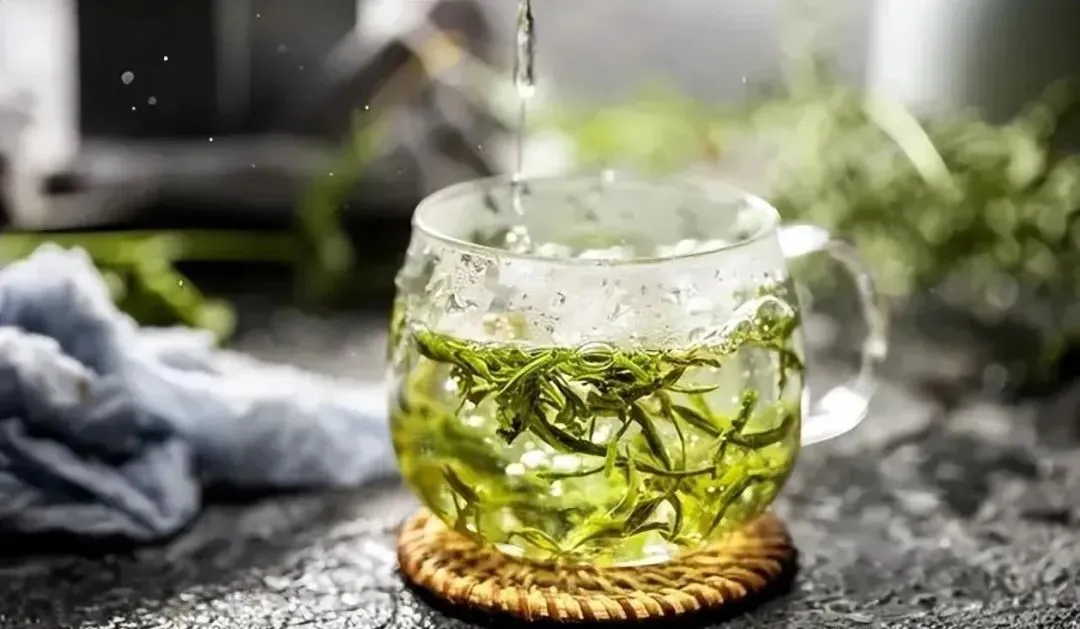
2.Yellow Tea
Yellow tea is a lightly fermented tea, which is unique to China and less common.
The biggest characteristic of yellow tea is “yellow soup and yellow leaves”, thanks to its unique production process. Its production is somewhat similar to that of green tea, with the addition of a smothering process.
Yellow tea has a long history, originally created in the Western Han Dynasty, and is now produced in Anhui, Hunan, Hubei, Zhejiang, Sichuan, Guangdong and other places.
Production process: killing, shape (including kneading), smothering yellow, drying, the key process is smothering yellow.
Quality characteristics: yellow leaves and yellow soup
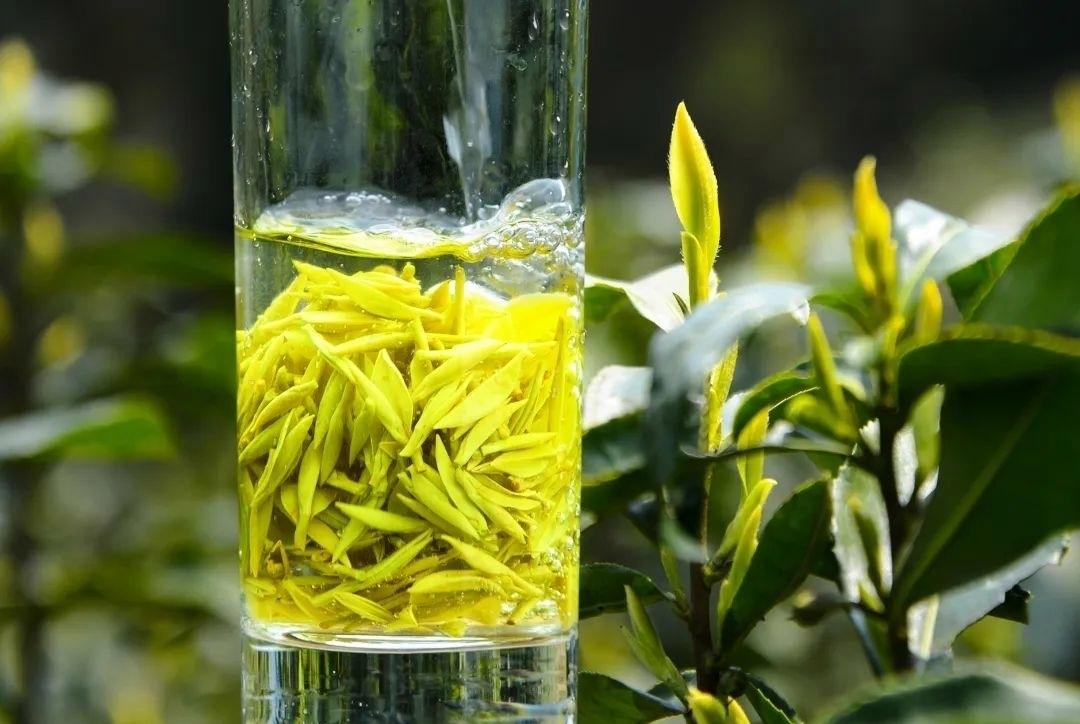
3.White Tea
White tea is a micro-fermented tea with fewer varieties and production.Mainly produced in Fujian Fuding, Zhenghe, Jianyang, Songxi and Songxi, etc.
The production of white tea started during the Jiaqing period, mainly picking bud tea to make silver needles, which are directly dried or sun-dried without frying or kneading in the production process.
White tea is mostly produced in Fujian Province, with Fuding, Zhenghe, Jianyang, Songxi and other places being the most common.
Production process: fresh leaves, withering, drying, of which the key process is withering.
Quality characteristics: white hairy, light soup color.
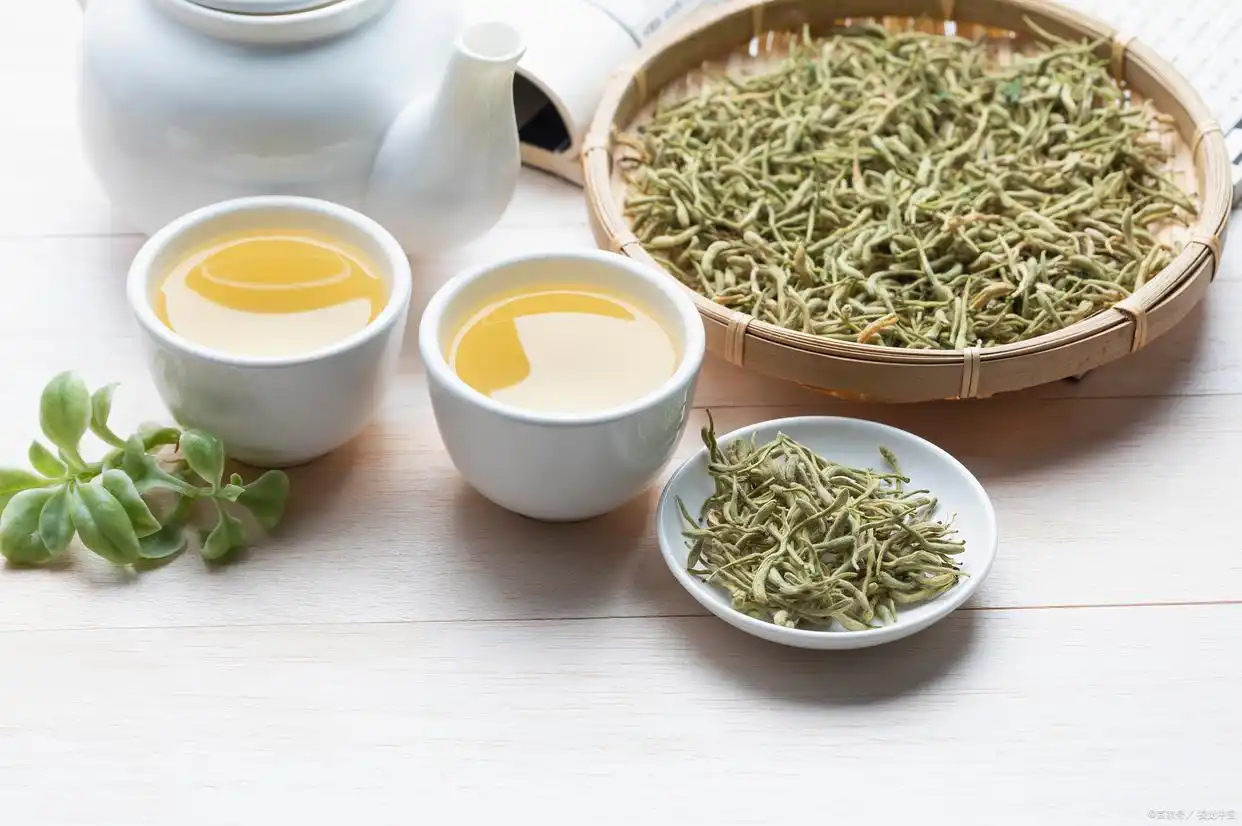
4.Green Tea (Oolong)
belongs to the semi-fermented tea, both the green tea’s fresh aroma and the richness of black tea
When the tea leaves are brewed, the center of the leaves are green with a distinct red edge, so it is known as “green leaves with red edges”. Currently, it is mainly distributed in Fujian, Taiwan and Guangdong.
Characteristics: Green leaves with red edges, orange or golden soup color, and strong floral aroma.
Production process: Fresh leaves – withering – greening – frying – kneading – drying, of which the key process is greening.
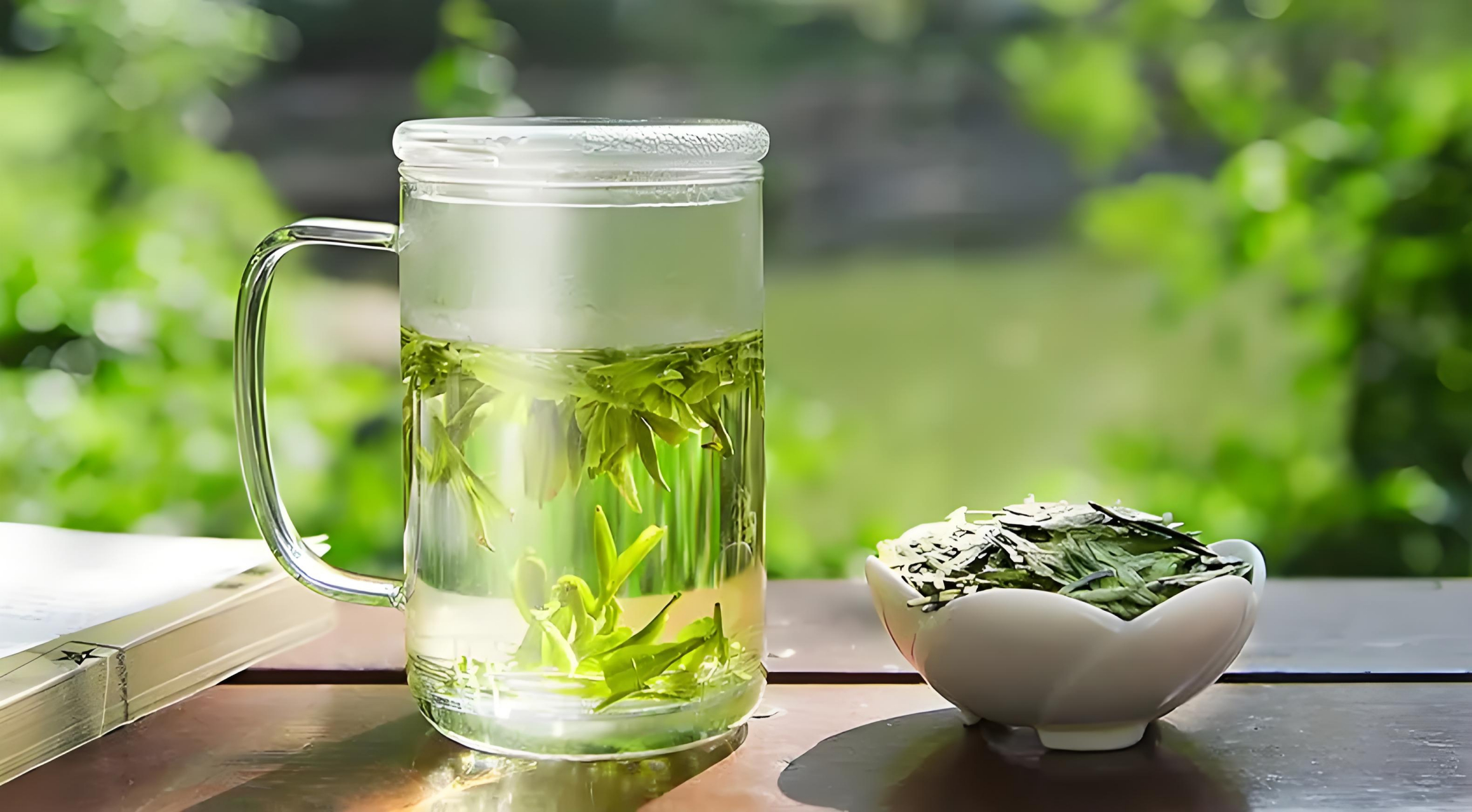
5.Black Tea
Fully fermented tea,China’s main export tea, originated from Tongmuguan (village) in Wuyishan, Fujian Province.
The earliest black tea is small breed black tea, which is the originator of the world’s black tea, and then derived from a number of places of work black tea, such as Qi Hong, Dian Hong, Chuan Hong, Ying Hong and so on.
Characteristics: red soup and red leaves
Production process: fresh leaves – withering – kneading – fermentation – drying, of which the key process is fermentation.
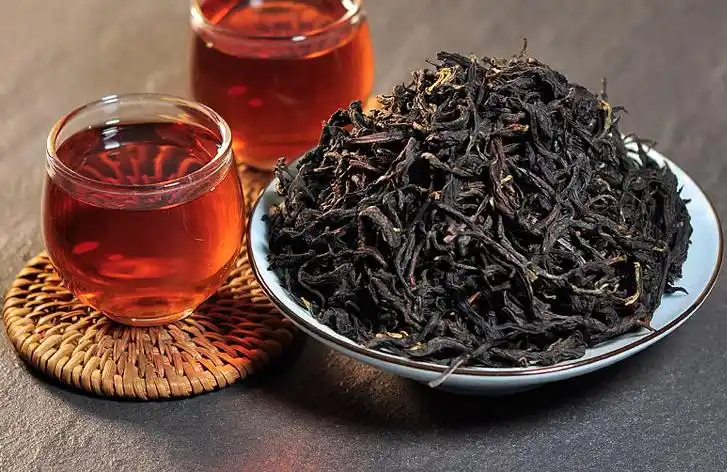
6.Dark Tea
Post-fermented tea
Mainly produced in Hunan, Yunnan, Sichuan and other places, in order to facilitate transportation, most of them are pressed into tightly pressed tea, such as brick tea, tuo tea, cake tea and so on.
Characteristics: Leaf color is oily black or brownish green, soup color is deep yellow or brownish red.
Processing procedure 1 (wet stacking): Fresh leaves – killing – twisting – stacking – drying – sieving – pressing
Processing process 2 (dry billet stacking): gross tea – stacking – sieving – steaming
The key process of dark tea is stacking
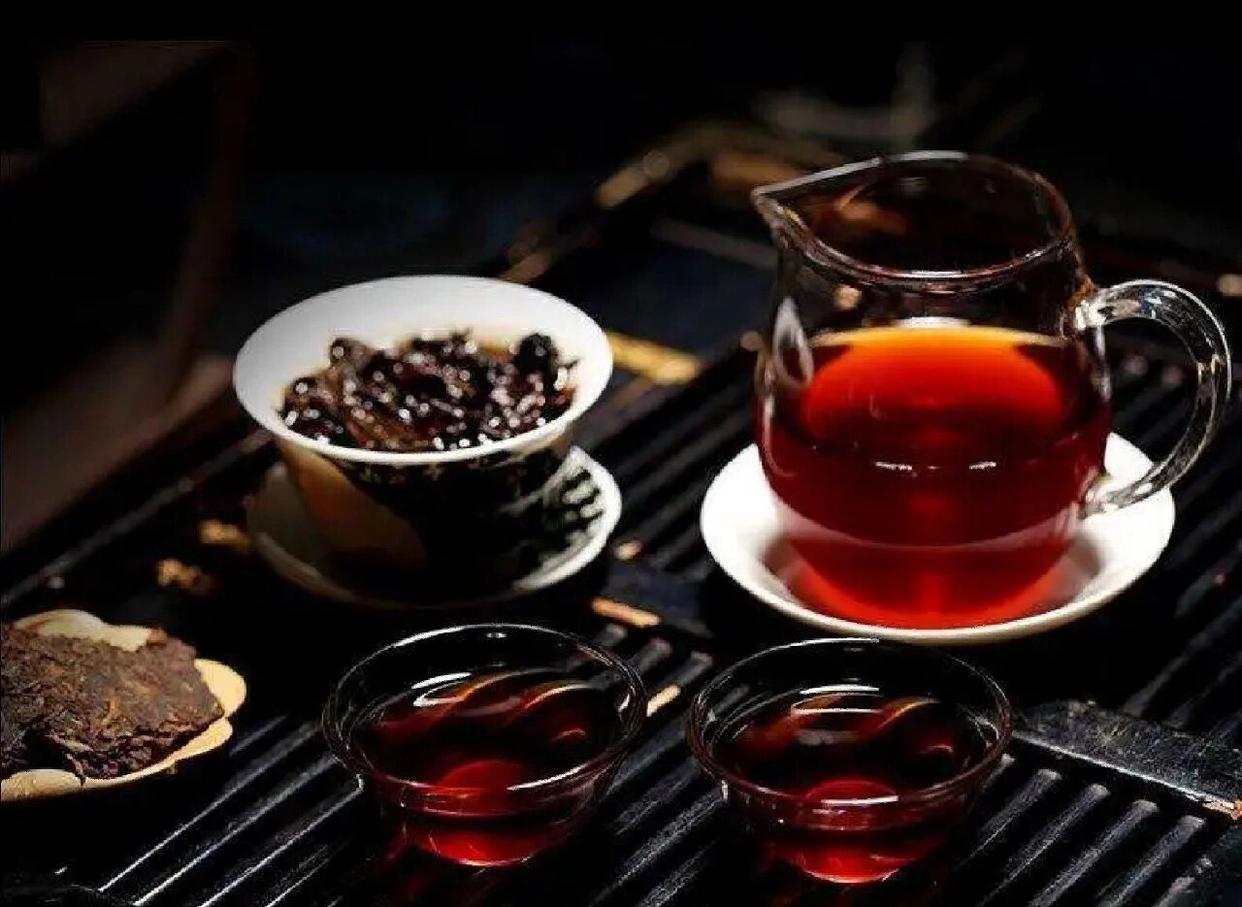
In addition to the six tea categories, tea lovers are familiar with the flower tea (jasmine tea, orchid tea, rose tea, osmanthus tea, etc.), pressed tea (black brick, porcupine bricks, square tea, cake tea, etc.), extracted tea (instant tea, concentrated tea, etc.), fruity tea (lychee tea, lemon tea, kiwifruit tea, etc.), medicinal health care tea (weight-loss tea, chamomile tea, dulce de leche, tea, etc.), and tea-containing beverages (tea cola, tea pops, etc.). These all belong to the category of reprocessed tea.
Tea is different, sex flavor efficacy is also different, how to choose the right tea for yourself?
In life, people contact with the following kinds of tea, and all have fat, appetizer, wake up the efficacy, but because of the different tastes, they have their own different effects. Tea is generally divided into raw tea, ripe tea (fully fermented, semi-fermented), raw tea sex more cool, have the effect of clearing heat; ripe tea sex more warm, have the effect of nourishing the stomach and spleen.
1.Green Tea(Unfermented)
Cold in nature. Clearing heat, dispelling dampness, eliminating fat and awakening the mind. Suitable for people with damp-heat constitution, heart fire, liver and gallbladder fire; effective for bitter mouth, sore throat, knotty stools, sticky and unpleasant stools, fire and irritability, food accumulation and stomach distension.
2.Black Tea(Fully Fermented)
Warm in nature. Strengthens the spleen, opens the stomach, nourishes the face, dispels fat, and awakens the spirit. Suitable for people with cold body; effective for dry mouth, fatigue, stomach bloating and indigestion.
3.Black Tea(Post-fermented)
Warm in nature. Black Tea, Por Tea, ripe Pu. The effects are similar to black tea.
4.Yellow Tea(Lightly fermented)
Warm. Effects similar to black tea.
5.White Tea (slightly fermented)
Cool in nature. Effects like green tea.
6.Green Tea (Semi-fermented) Oolong Tea
Oolong Tea (semi-fermented) is a combination of black tea and green tea, also known as “beauty tea” and “health tea”.
7.Flower Tea (Reprocessed Tea)
Flower tea is mainly green tea, black tea or oolong tea as tea blanks, with the ability to spit fragrant flowers as raw materials, jasmine tea, magnolia tea, osmanthus flower tea, orchid flower tea.
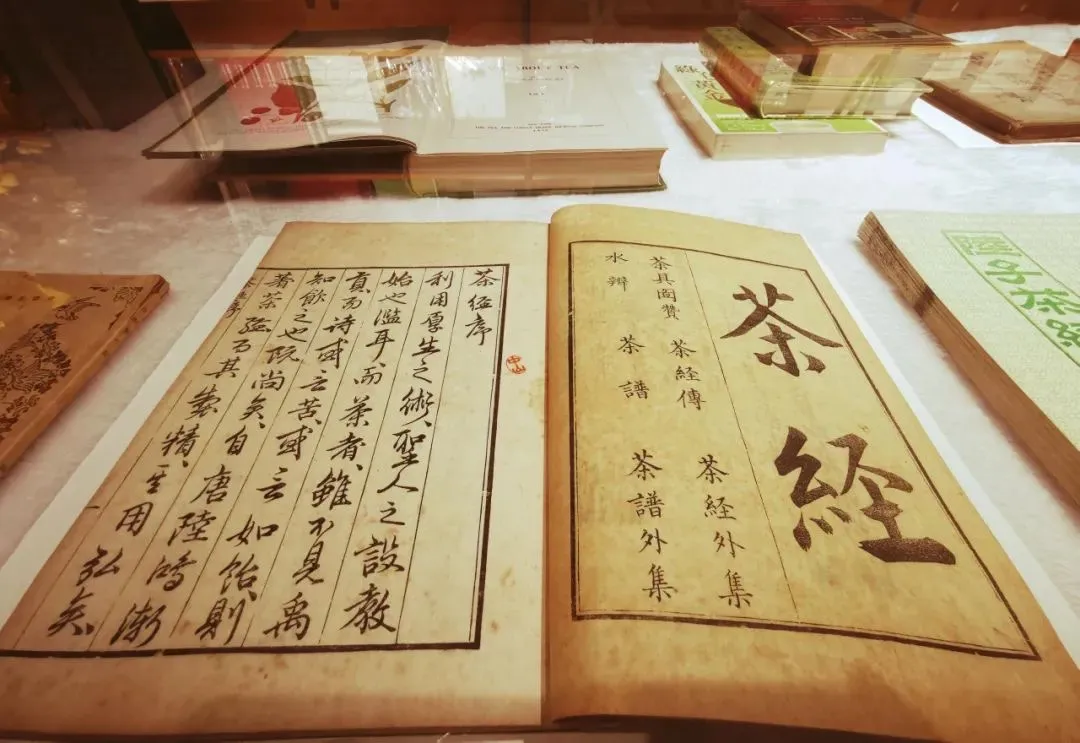
Selection of Tea Healthy Drinking
Everyone’s constitution and physical condition are different, so when drinking tea, you have to choose the tea that suits your body or pick it according to your physical condition, a few examples are listed below for your reference.
If you have stomach and intestinal distension, cough, etc., you can oolong tea with tangerine peel;
If your stomach and abdomen are cold and afraid of cold, you can match black tea, yellow tea, black tea with brown sugar and ginger;
If you feel that you are easy to get angry, dry eyes, tears, bitter mouth, heartburn, dry stools, etc., white tea, green tea can be paired with chrysanthemum;
dry mouth, dry stool, oolong tea, white tea, green tea with dendrobium and salvia;
Do not drink green tea or white tea if you are afraid of cold, have abdominal discharge, or are tired and dizzy;
If sore throat, stool knot, drink less black tea, black tea, yellow tea.
If the weather becomes very cold and wet, those who are weak, cold, or have insufficient blood should not choose green or white tea; if the weather is dry, you can choose oolong tea; if the heat is hot, green or white tea is a good choice.
